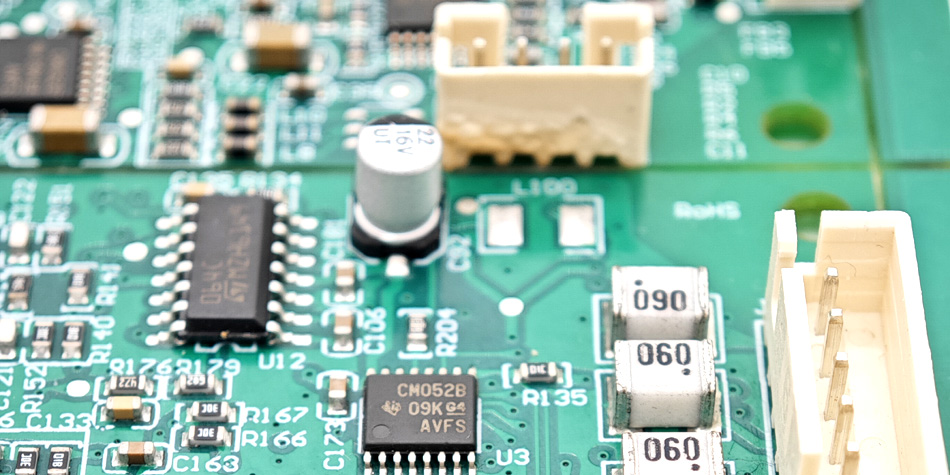- English
- Español
- Português
- русский
- Français
- 日本語
- Deutsch
- tiếng Việt
- Italiano
- Nederlands
- ภาษาไทย
- Polski
- 한국어
- Svenska
- magyar
- Malay
- বাংলা ভাষার
- Dansk
- Suomi
- हिन्दी
- Pilipino
- Türkçe
- Gaeilge
- العربية
- Indonesia
- Norsk
- تمل
- český
- ελληνικά
- український
- Javanese
- فارسی
- தமிழ்
- తెలుగు
- नेपाली
- Burmese
- български
- ລາວ
- Latine
- Қазақша
- Euskal
- Azərbaycan
- Slovenský jazyk
- Македонски
- Lietuvos
- Eesti Keel
- Română
- Slovenski
- मराठी
- Srpski језик
Thermal curing process in PCBA processing
2024-08-09
In PCBA processing, thermal curing process is a key process step. It is used to cure materials such as glue or coating agent in the soldering process to ensure the stability and reliability of the circuit board. This article will discuss the thermal curing process in PCBA processing, including process principles, application fields, advantages and precautions.

1. Process principle
The thermal curing process is to cure materials such as glue and coating agent by high temperature heating. Its main principles include:
Temperature control: By controlling the temperature of the heating equipment, the glue or coating agent reaches the curing temperature to form a stable connection.
Time control: Control the curing time to ensure that the material is completely cured at the appropriate temperature.
Pressure control: In some cases, applying pressure can speed up the curing process and improve the connection strength.
2. Application field
The thermal curing process is widely used in various links of PCBA processing, including:
Glue curing: Use glue for bonding PCB boards and components, and form a strong connection after thermal curing.
Coating agent curing: Coat a protective layer or insulating layer on the PCB board, and improve the durability and stability of the circuit board after thermal curing.
Pad cover layer curing: Coat the cover layer on the pad, and form a protective layer after heat curing to prevent oxidation and corrosion.
3. Advantages
Thermal curing process has many advantages in PCBA processing, including:
Firm connection: The connection after heat curing is more solid and reliable, which improves the durability of the circuit board.
High stability: The cured glue or coating agent has high stability and is not easily affected by the external environment.
High production efficiency: The thermal curing process is simple to operate, which can achieve mass production and improve production efficiency.
4. Precautions
When performing the thermal curing process, pay attention to the following matters:
Temperature control: Strictly control the curing temperature to avoid incomplete curing or quality problems caused by too high or too low.
Time control: Control the curing time to avoid too long or too short curing time affecting the connection quality.
Material selection: Select suitable glue or coating agent to ensure that the quality and performance after curing meet the requirements.
Conclusion
Thermal curing process plays an important role in PCBA processing. It is one of the key links to ensure the stable connection and stable performance of the circuit board. By understanding the principles, application areas, advantages and precautions of the thermal curing process, it can be better applied to PCBA processing to ensure product quality and production efficiency. At the same time, strengthening the research and application of thermal curing technology will promote the entire PCBA industry to develop in a more stable and reliable direction.
-
Delivery Service






-
Payment Options









